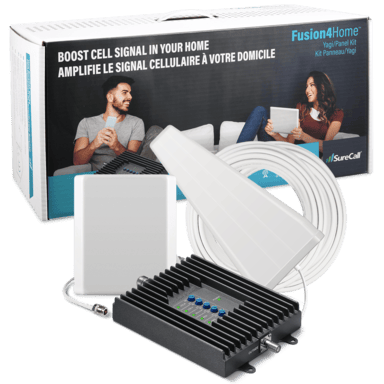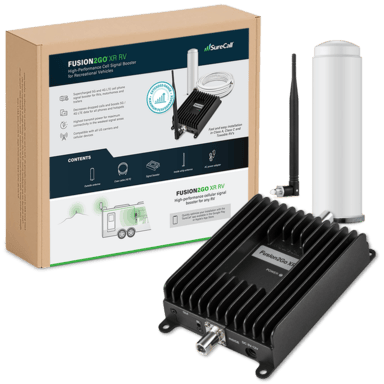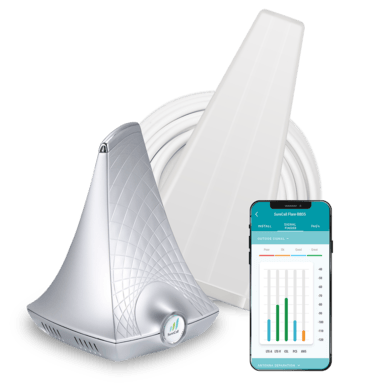
What’s the Difference Between GSM, CDMA, & TDMA?
Posted by Dennis Findley on 19th Feb 2019
In the United States, there are two primary types of telecommunications standards for cellular networks: GSM and CDMA. The terms can get a little confusing since they often not only represent the standard but also the transmission method of digital data.
In general, GSM and CDMA standards by their authentication practices. GSM is used nearly worldwide to authenticate callers based on removable SIM card which hosts customer data. CDMA standards, however, use network-based data verifications.
Both GSM and CDMA standards are used in the United States.
As a user, a primary difference you’ll experience between GSM and CDMA is having your data authenticated on a SIM card vs. being authenticated by the network.
With GSM carriers, users have the ability to use any SIM-code compliant phone using their removable SIM card. Simply take the card out and put it into a GSM-compliant phone, and the new phone will now have your phone number.
With a CDMA standard carrier, however, carriers retain more control over which phones users may use since a user can only switch to a new phone with the carrier’s permission since authentication must be done directly via the carrier.
The terms GSM and CDMA integrate into more than just the standard and verification of cellular networks. But before we get into the distinction it is useful to have a basic understanding of how cellular information is transmitted.
How GSM, CDMA, and TDMA Transmit Data
To transmit data, voice, or text messages, cell phones emit electromagnetic waves, also known as radio frequency or RF energy.
These signals are received by the antenna from the nearest cell phone tower, which then transmits the signal to a switching center to connect to the other phone or networks participating in the call.
Each cell phone carrier in the United States is given about 832 frequencies to use across a given city. A voice call takes two frequencies per call (a full-duplex channel), which allows both people on a call to talk at the same time. This is opposed to walkie-talkies or CB radios which are half-duplex and allowing only one person to talk at a time. Each carrier uses about 42 frequencies for control channels, which leaves about 395 duplex voice channels per carrier.
However, this doesn’t mean that only 395 users in a given area can talk at any given time.
Cells refer to the designated coverage area, typically about 10 square miles, of a cell tower. These cells interconnect in what’s typically considered to be a big hexagonal grid. This means a single cell is adjacent to as many as 6 other cells.
Since overlapping frequencies would cause jumbled calls, each cell only takes 1/7 of the available frequencies, giving each cell about 56 duplex voice channels. However, since cell phones use low-power transmitters, the same frequencies can be reused on nonadjacent cells to help maximize the number of frequencies available to a cell phone provider’s users in a city.
What Does This Have to do with GSM, CDMA, and TDMA?
To further optimize the use of these frequencies, digital technology is used to maximize each of these channels for more than one call. The use of CDMA and TDMA are different methods of dividing the signals to maximize channels.
TDMA, which stands for Time Division Multiple Access, uses time division to divide each channel into 3 different time slots. In TDMA, your voice is transformed into digital data and allotted one of the channel’s 3 time slots. The receiver listens only to the assigned time slot to piece the call back together. This allows a call to transmit while only using a part of its channel capacity.
TDMA is used in 2G cellular systems such as Global System for Mobile Communications (GSM), Personal Digital Cellular (PDC), and iDEN standard for cellular phones.
CDMA, which stands for Code Division Multiple Access, is a more powerful and flexible technology that encodes every call’s data with a unique key, then transmits the data from multiple calls at the same time. The receiver also has the unique key to divide or decode the signal into its individual calls.
EVDO Uses CDMA and TDMA for Data
EVDO or Evolution-Data Optimized or Evolution-Data Only is a telecommunications standard for the wireless transmission of data through radio signals, typically for broadband internet access. It uses multiplexing techniques including code division multiple access (CDMA) as well as time division multiplexing (TDM) to maximize both individual users' throughput and the overall system throughput. It has been adopted by many mobile phone service providers around the world—particularly those previously employing CDMA networks.
EVDO was designed as an evolution of the CDA2000 standard that would support high data rates and could be deployed alongside a wireless carrier's voice services.
CDMA vs TDMA: What's the Difference?
TDMA divides channels into three time slots for multiple calls, while CDMA uses a unique key to encode and transmit several calls simultaneously. TDMA is part of GSM's 2G cellular systems, whereas CDMA's flexibility and power are used in various telecommunications technologies, including 3G GSM (UMTS) and EVDO for broadband internet access.
What Are 3G GSM, UMTS, and HSPA+?
Since CDMA was a more powerful and flexible technology, GSM began using similar technology to develop 3G GSM which is actually a CDMA technology, sometimes called WCDMA (wideband CDMA). This technology is also known as UMTS, or Universal Mobile Telecommunications System. CDMA offers even greater spectrum efficiency and bandwidth to mobile network operators.
UMTS is part of the GSM standard, which means it authenticates users via SIM cards. The technology described in UMTS is sometimes also referred to as Freedom of Mobile Multimedia Access (FOMA) or 3GSM.
HSPA+, or Evolved High-Speed Packet Access, is a technical standard for wireless, broadband telecommunication. HSPA+ enhances WCDMA-based 3G networks with higher speeds for the end user that are comparable to LTE networks.
HSPA+ was first defined in the technical standard 3GPP release 7 and expanded further in later releases.
HSPA+ provides an evolution of High Speed Packet Access High Speed Packet Access with data rates up to 168 Megabits per second (Mbit/s) to the mobile device and 22 Mbit/s from the mobile device.
Fusion2Go XR RV Cell Phone Signal Booster
Fusion4Home Yagi Panel Indoor Signal Booster



